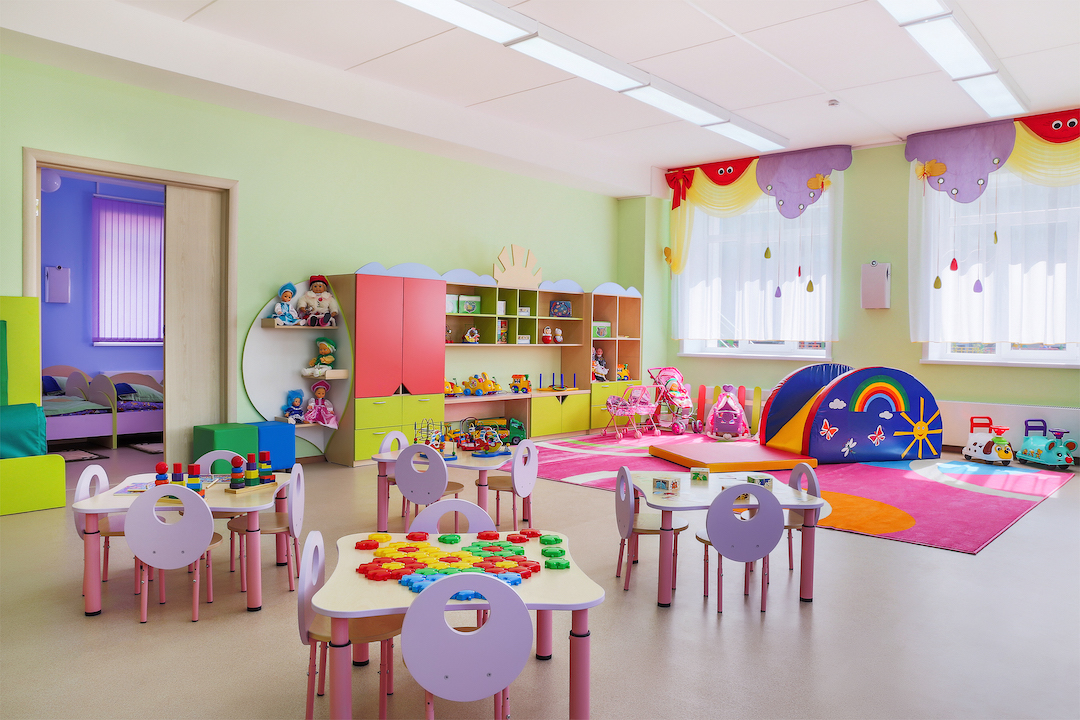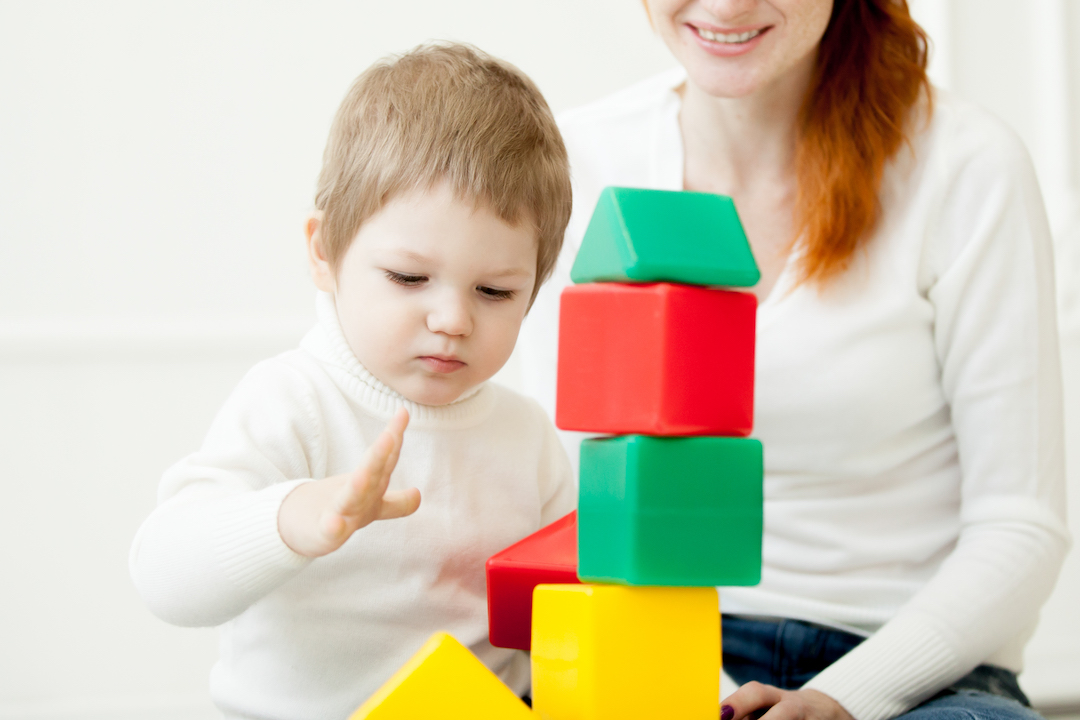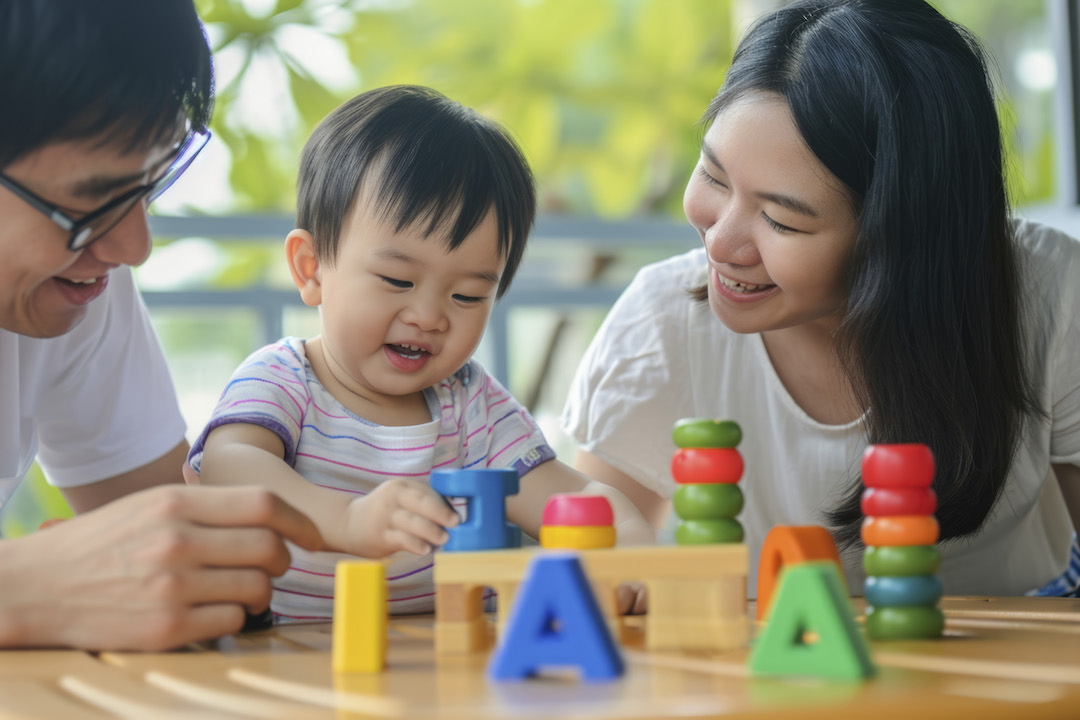“Bilingualism is an incredible gift to give to a child. It goes beyond just learning another language. It broadens mental development, thought patterns, and world perspectives.”

Bilingualism offers many benefits to children, both culturally and academically. Children who are bilingual have a significant advantage over children who only speak one language. Today’s society has become multilingual, so let’s set our children up for success by learning them a foreign language.
Are you planning on raising bilingual kids? Here are tips on how to raise bilingual kids. Practical and fun tips, strategies, and techniques on how to teach your child or children to speak your native language.
Why Learn a Foreign Language Early?
1. Young learners can be more skilled at noticing slight differences in sound.
2. The brain is sometimes more open to new sounds in pre-adolescence.
3. Children can be better mimicking new sounds and embracing pronunciation.
4. Children tend to be less inhibited as they have a smaller vocabulary and communication is not as complex as with adults.
5. Techniques aspects of language are still developing in children.
How Children Should Learn Bilingual?
1. Simultaneous Acquisition
Occurs when child is raised bilingually from birth or is introduced to a new language before the age of three. Children learning two languages go through the same developmental stages as a child learning one language.
2. Sequential Acquisition
Occurs when second language is introduced after first language has been established, generally after the age of three. Common when children immigrate to a new country or where a native language is spoken at home before they start school.
3. Bilingual Immersion at School
Learning a second language is integrated in the academic curriculum. All teaching and conversation takes place in the new language. Aim is to teach the new language in the same way as first language was learned.
4. Bilingualism at Home
One-person language model involves parents who speak two different languages.One parent speaks to the child in their native language, and the other uses the second language.
The minority language model is an option if you and your partner both speak the same native language in the family home. Children then learn the majority language such as English at school.
Tips for Raising Bilingual Children
1. Set up playtime with other children that speak the same minority language.
2. Tell stories, read, and play games in the language. Encourage the child to join in.
3. Singing songs and dancing can help children to remember things.
4. Borrow CDs, books and DVDs from your library in the language.
5. Integrating a hobby into language learning can help to make the process more enjoyable for the children.
6. Listen to radio programmes or watch television in the languages.
7. Continue to speak to your child in the language in times when it may seem that they are not interested. Even hearing the language will be helpful.
Benefits of Bilingualism
1.Family Benefits
Children will be able to communicate with family members, those who live afar, and who don’t speak the community language.
2.Educational Benefits
Research has shown that bilingual children perform higher on average on tests that involve multi-tasking, creative thinking or problem solving. This is because they are used to switching from one language to another constantly.
3.Career Benefits
Being bilingual increase employment options. A growing number of industries are seeking employees who speak a second language.
4.Cultural Benefits
Bilingual children are usually more adaptable to new environments, meeting new people, and stepping out of their comfort zone.
5.Additional Language Benefits
Once a child learns a second language, it makes it easier for them to pick up additional languages.
Click HERE to find Language Enrichment Classes and open a world of possibilities for your child!
References:

The Ultimate Guide to Taekwondo Belts: Unlocking Levels and Secrets

8 Must-Join Enrichment Classes to Skyrocket Your Child’s Skills

In Malaysia’s diverse educational landscape, an increasing number of non-Chinese parents are choosing Chinese primary schools for their children. This trend reflects changing perceptions about education and future opportunities. Let’s explore five key reasons behind this growing preference: 1. Strong Foundation in Mathematics and Science Malaysian Chinese primary schools are known for their strong emphasis […]




